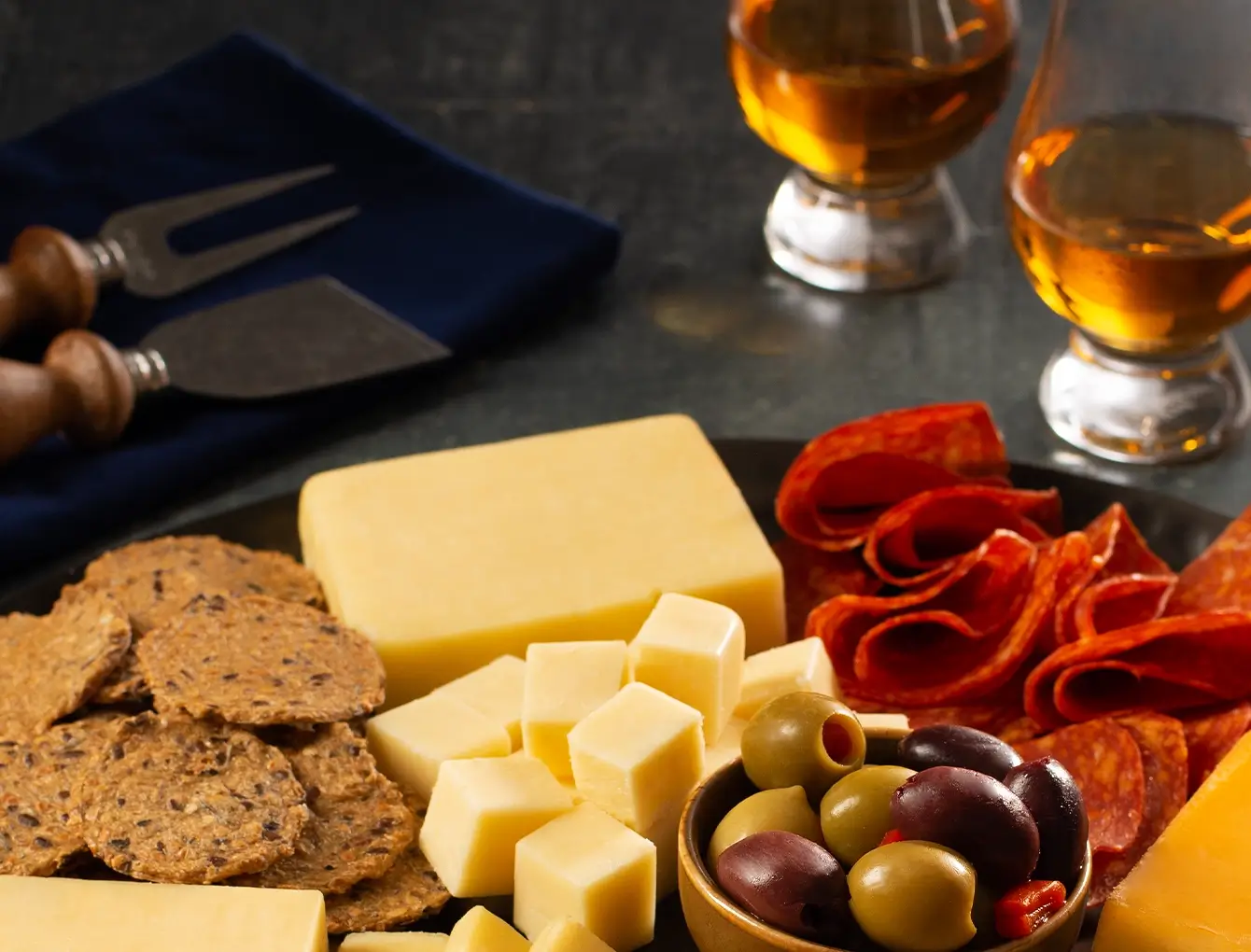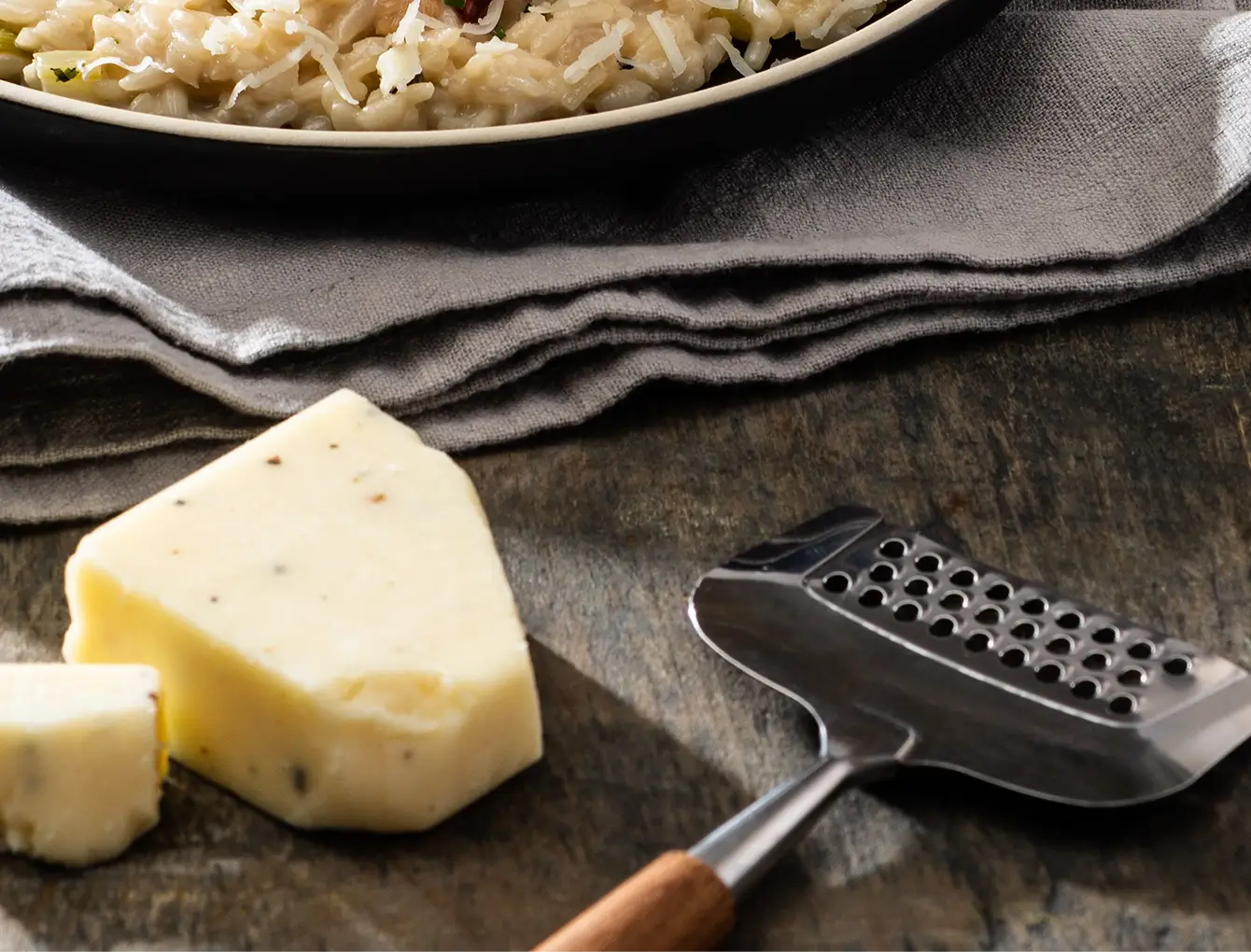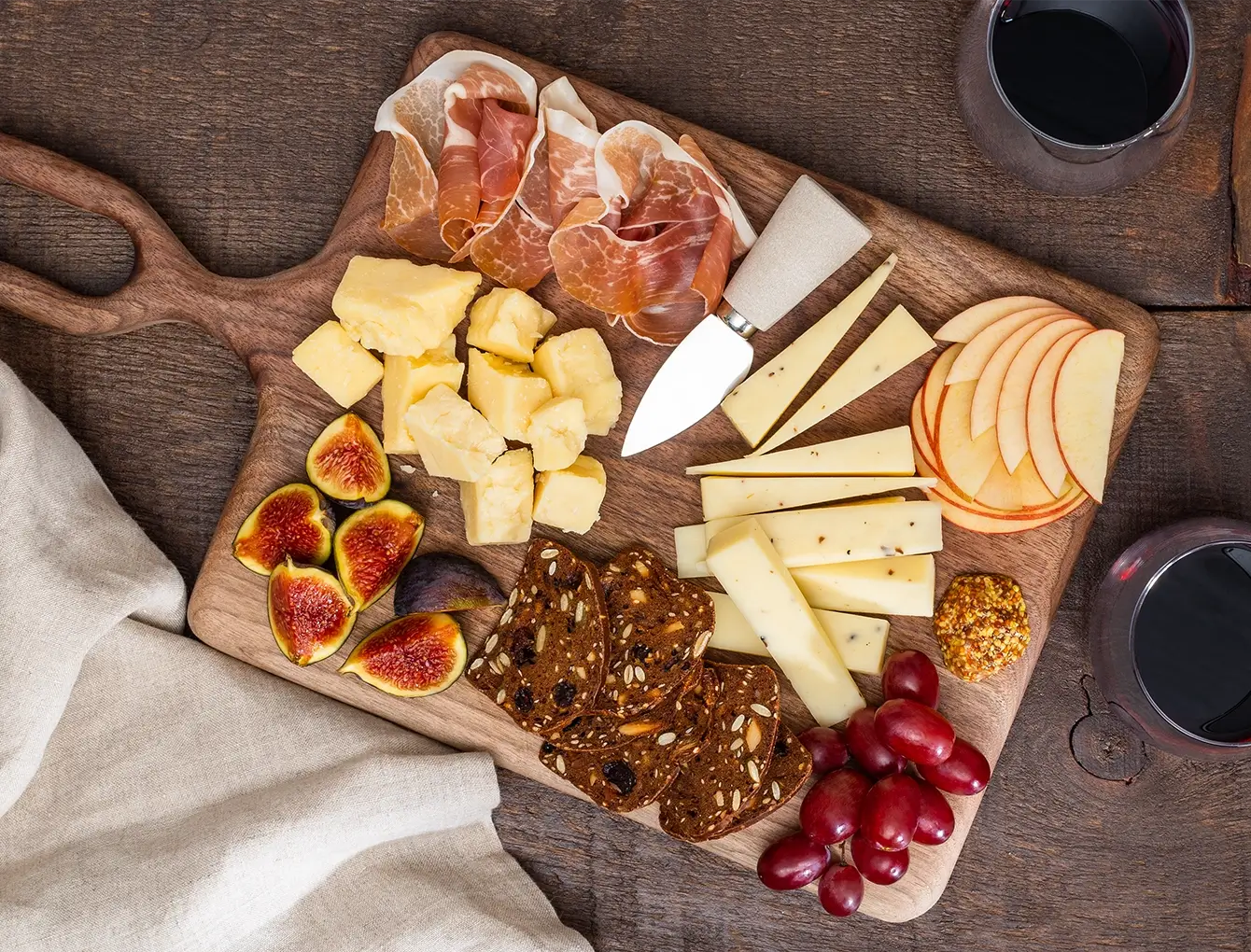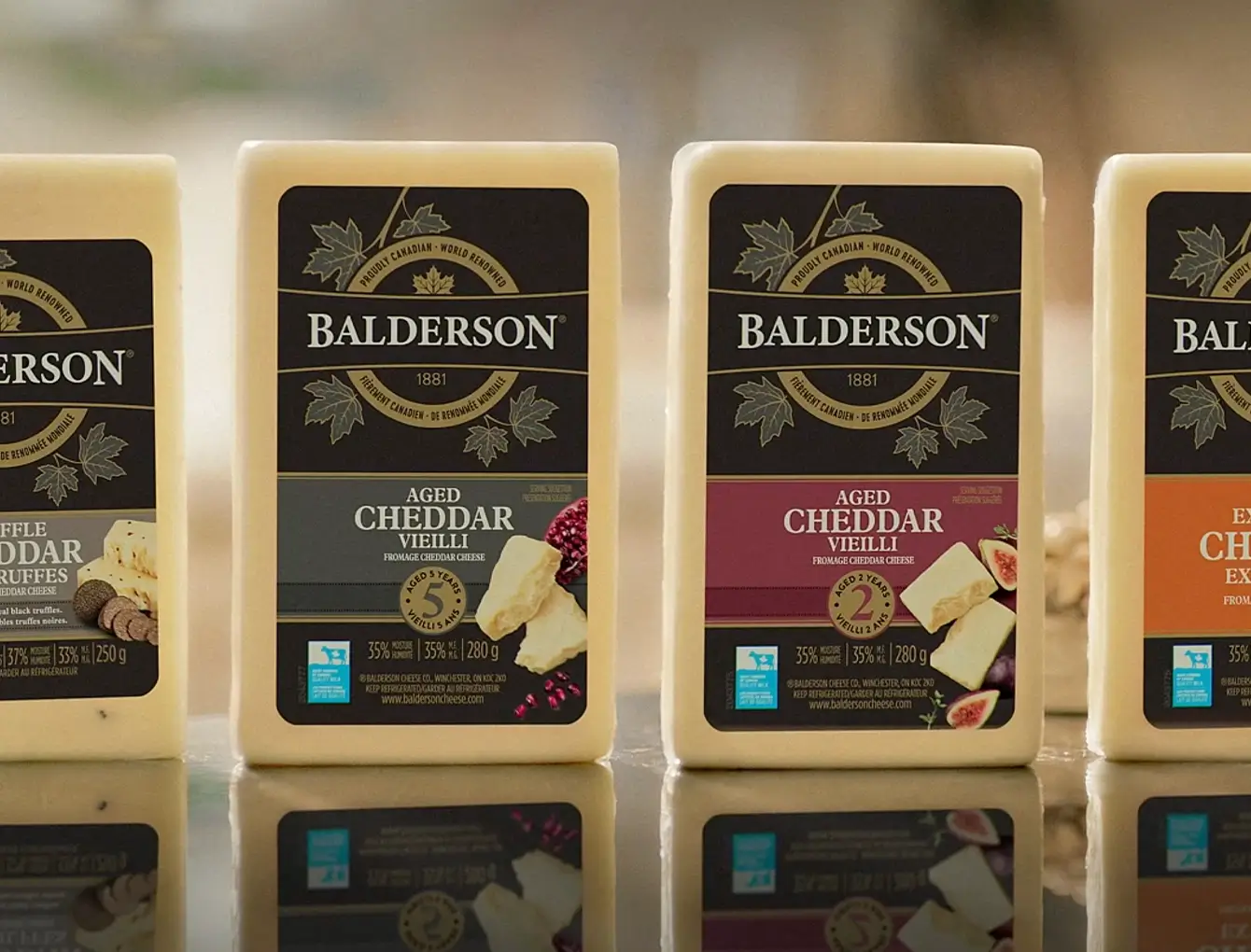Basic Techniques
Preparing a recipe that involves grating or heating cheese? Explore some essential tips to help you create a delicious dish with the perfect flavour.
EXPLOREWine & Cheese Pairings
When it comes to food and drink combinations, there’s no better pairing than cheese and wine. Learn several time-tested guidelines that will ensure you savour every sip and bite.
EXPLORECheese Tools
From cheese wires to cheese knives, learn about various tools and choose the right one when serving your favourite cheese.
EXPLORECheese Plates
Hosting a wine-tasting, throwing a party, or just serving up some delectable bites? Use these tips to create cheese plates that are just a cut above.
EXPLOREStorage
Proper storage is key to maintaining the rich flavours and unique textures of your favourite cheeses. Follow this guide to help your cheeses last longer and taste their best.
EXPLORE



